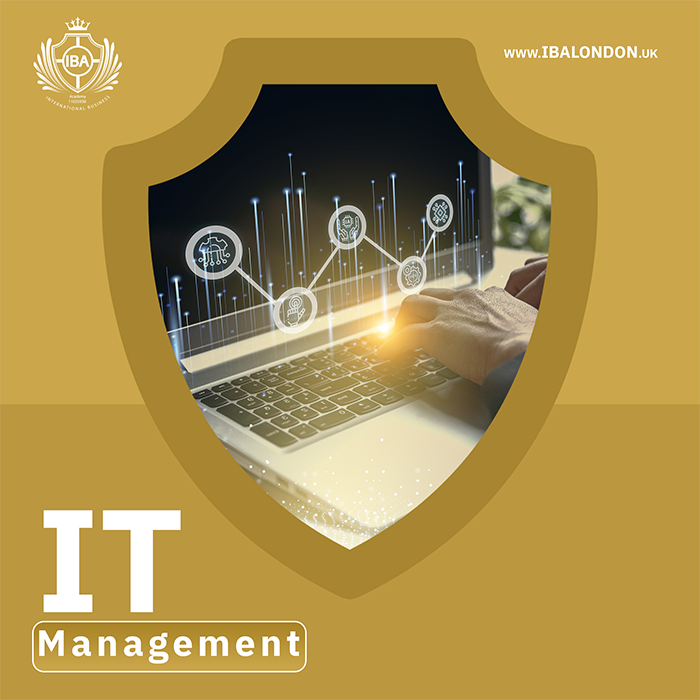IT Management (Information Technology):
IT management, also known as Information Technology management, refers to the process of planning, organizing, directing, and controlling the technology-related resources and activities within an organization. IT management involves making strategic decisions to effectively use technology to support business objectives, improve operations, and drive innovation. It encompasses various aspects of technology planning, implementation, maintenance, and optimization. Here are some key components and concepts of IT management:
IT Service Management (ITSM): Managing IT services to meet the needs of users and customers. ITSM frameworks like ITIL (Information Technology Infrastructure Library) provide best practices for service delivery, incident management, problem resolution, and service desk support.
Cloud Computing: Evaluating and implementing cloud solutions for storage, processing, and application hosting. Cloud management involves selecting the right cloud providers, managing costs, and ensuring data security.
Vendor Management: Managing relationships with IT vendors, suppliers, and partners. This includes procurement, contract negotiation, vendor performance evaluation, and maintaining effective partnerships.
Business Continuity and Disaster Recovery: Developing plans to ensure the organization’s IT systems can recover quickly from disruptions, disasters, or data breaches, minimizing downtime and loss of data.
Data Management and Analytics: Managing data assets, ensuring data quality, and using data analytics to gain insights for informed decision-making. Big data, data warehousing, and business intelligence tools are often utilized.
Change Management: Managing the transition to new technologies, systems, or processes within the organization. Change management focuses on minimizing disruptions and helping employees adapt to changes.
IT Budgeting and Cost Management: Allocating financial resources for IT initiatives, tracking expenses, and optimizing the use of IT resources to achieve maximum value.
Innovation and Emerging Technologies: Exploring and adopting emerging technologies like artificial intelligence, machine learning, blockchain, and Internet of Things (IoT) to drive innovation and stay competitive.
IT Leadership: Building and leading IT teams, fostering a collaborative culture, and providing vision and direction for the organization’s technology initiatives.





